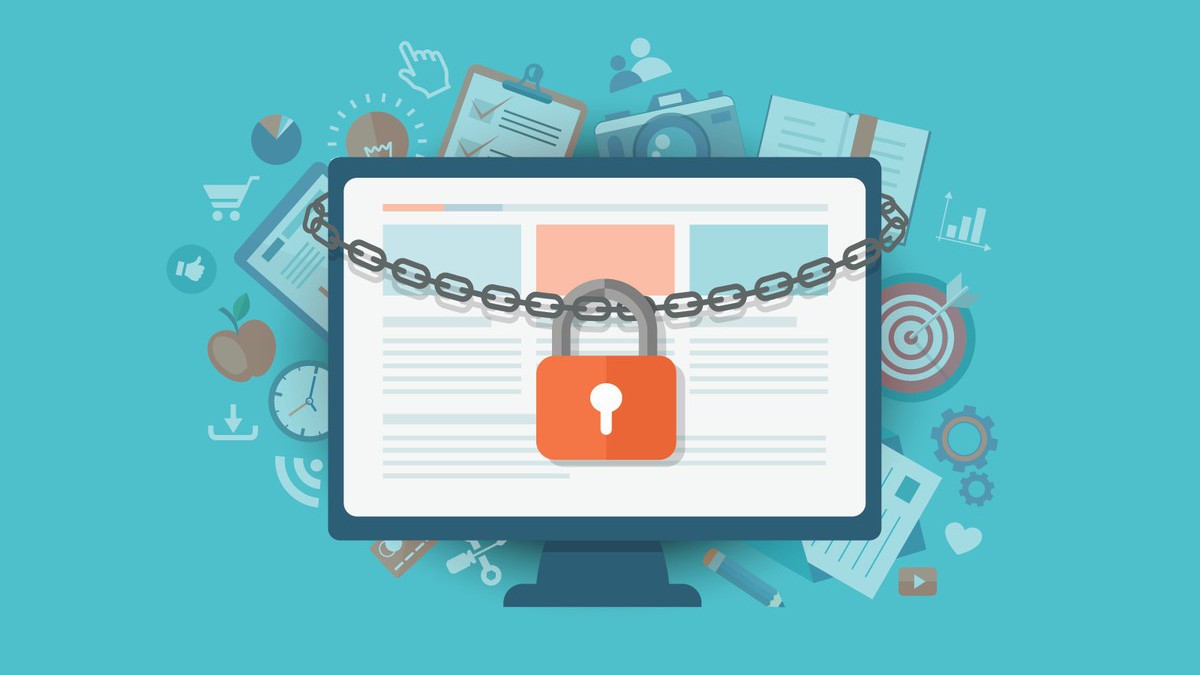
Identity theft is a serious and growing problem that affects millions of people around the world. According to the FTC, there were nearly 1.4 million reports of identity theft in 2021, with a total loss of $10.2 billion. Identity theft occurs when someone uses your personal information, such as your name, Social Security number, credit card number, or online account details, without your permission, to commit fraud or other crimes.
In today’s digital age, identity theft can happen in many ways, such as phishing emails, malware attacks, data breaches, fake websites, social media scams, and more. Identity thieves can use your information to open new accounts, make purchases, apply for loans, file tax returns, or even create a new identity using your name and photo.
How can you protect yourself from digital identity theft? How important is it to protect your identity in this digital age? What technology can be used to prevent identity theft? What are five ways to prevent identity theft? In this article, we will answer these questions and provide you with some practical tips and tools to safeguard your personal information online.
Why You Need to Protect Your Identity in the Digital Age
Protecting your identity in the digital age is not only important for your financial security, but also for your reputation, privacy, and peace of mind. Identity theft can have serious consequences for your credit score, your ability to access credit or other services, your tax liability, and even your legal status. Identity theft can also cause you emotional distress, as you may feel violated, vulnerable, and frustrated by the process of recovering your identity.
Moreover, protecting your identity in the digital age is becoming more challenging, as identity thieves are constantly evolving their methods and techniques to exploit new vulnerabilities and opportunities. According to a report by TransUnion, digital fraud attempts against businesses and consumers in the Philippines increased during the Covid-19 pandemic, as more people shifted to online transactions and activities. The report also found that Gen Z and Millennials were the most targeted by digital fraudsters.
Therefore, it is essential that you take proactive steps to protect your identity in the digital age and stay alert for any signs of identity theft.
Technology That Can Help You Prevent Identity Theft
Fortunately, there are many technology solutions that can help you prevent identity theft and enhance your online security. Some of these include:
– Identity theft protection services: These are companies that monitor your personal information and credit reports for any suspicious activity or changes, and alert you if they detect any potential identity theft. They may also offer assistance in resolving identity theft issues and restoring your identity. Some examples of identity theft protection services are LifeLock, Identity Guard, and ID Watchdog.
– Antivirus software: This is a program that protects your computer or device from viruses, malware, spyware, ransomware, and other malicious software that can steal or damage your data. Antivirus software can scan your files, emails, downloads, and websites for any threats and remove them before they harm your system. Some examples of antivirus software are Norton, McAfee, and Kaspersky.
– VPN (Virtual Private Network): This is a service that encrypts your internet connection and hides your IP address, making it harder for hackers or third parties to track or intercept your online activity. VPNs can also help you access geo-restricted content or bypass censorship. Some examples of VPN services are ExpressVPN, NordVPN, and Surfshark.
– Password manager: This is a tool that helps you create and store strong and unique passwords for each of your online accounts. Password managers can also autofill your login details on websites and apps, saving you time and hassle. Password managers can prevent identity theft by reducing the risk of password reuse or compromise. Some examples of password managers are LastPass, Dashlane, and 1Password.
– Two-factor authentication (2FA): This is a feature that adds an extra layer of security to your online accounts by requiring you to enter a code or use a device (such as a smartphone or a token) in addition to your password when logging in. 2FA can prevent identity theft by making it harder for hackers to access your accounts even if they have your password. Many websites and apps offer 2FA as an option or a requirement.
Five Ways to Prevent Identity Theft
In addition to using technology, there are also some simple and effective ways to prevent identity theft that you can do on your own. Here are five of them:
– Check your credit reports regularly: Your credit reports contain information about your credit history, accounts, balances, and inquiries. You can get a free copy of your credit report from each of the three major credit bureaus (Equifax, Experian, and TransUnion) once a year at annualcreditreport.com. You can also get free credit monitoring from some websites or apps, such as Credit Karma or Credit Sesame. Checking your credit reports regularly can help you spot any errors or unauthorized accounts that may indicate identity theft.
– Shred or destroy any documents that contain your personal information: These include bank statements, credit card bills, receipts, tax forms, medical records, and any other documents that have your name, address, account numbers, or other sensitive data. Shredding or destroying these documents can prevent identity thieves from finding them in the trash or recycling and using them to steal your identity.
– Be careful what you share online: Social media platforms, blogs, forums, and other online platforms can be a source of valuable information for identity thieves. They can use the information you share online, such as your name, birthday, location, hobbies, interests, or photos, to impersonate you or answer security questions on your accounts. Therefore, you should be careful what you share online and adjust your privacy settings to limit who can see your posts and personal details.
– Beware of phishing emails and calls: Phishing is a common technique used by identity thieves to trick you into giving them your personal information or clicking on malicious links or attachments. Phishing emails and calls may look or sound like they are coming from legitimate sources, such as banks, government agencies, or companies you do business with. They may ask you to verify your account details, update your information, confirm a transaction, or claim that there is a problem with your account. However, these are usually scams designed to steal your identity. You should never reply to or click on any links or attachments in suspicious emails or calls. Instead, you should contact the sender or caller directly using a trusted phone number or website to verify their identity and the authenticity of their message.
– Use secure networks and devices: When accessing your online accounts or conducting online transactions, you should always use secure networks and devices. This means using a password-protected Wi-Fi network that you trust and avoiding public or unsecured networks that may expose your data to hackers. You should also use devices that have antivirus software installed and updated and lock them with passwords or biometric features when not in use. You should also avoid using shared or public computers or devices that may have malware or keyloggers that can capture your login details.
Identity theft is a serious threat in the digital age that can affect anyone at any time. However, by following the tips and tools we have discussed in this article, you can protect your identity and prevent identity theft from happening to you. Remember to always monitor your credit reports and accounts for any suspicious activity, shred or destroy any documents that contain your personal information, be careful what you share online and beware of phishing emails and calls, use secure networks and devices when accessing your online accounts or conducting online transactions, and use technology solutions such as identity theft protection services, antivirus software, VPNs, password managers, and two-factor authentication to enhance your online security.
If you suspect that you have been a victim of identity theft, you should act quickly to limit the damage and recover your identity. You should contact the companies where the fraud occurred and close or freeze any affected accounts. You should also report the identity theft to the FTC at IdentityTheft.gov and get a recovery plan. You may also need to file a police report and place a fraud alert or a credit freeze on your credit reports.
Identity theft can be a stressful and frustrating experience, but with the right steps and resources, you can overcome it and protect yourself from future attacks.
For more information on how to prevent identity theft in the digital age click here(https://www.giac.org/paper/gsec/1179/losing-yourself-identity-theft-digital-age/102272).
To learn more about how to protect yourself from identity theft online click here(https://www.webroot.com/us/en/resources/tips-articles/how-can-i-protect-myself-from-identity-theft-online).
To find out how to prevent identity theft in today’s digital world click here(https://www.entrepreneur.com/science-technology/how-to-prevent-identity-theft-in-todays-digital-world/435862).
Dil Bole Oberoi





